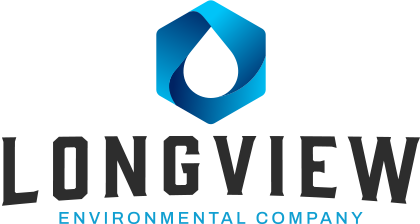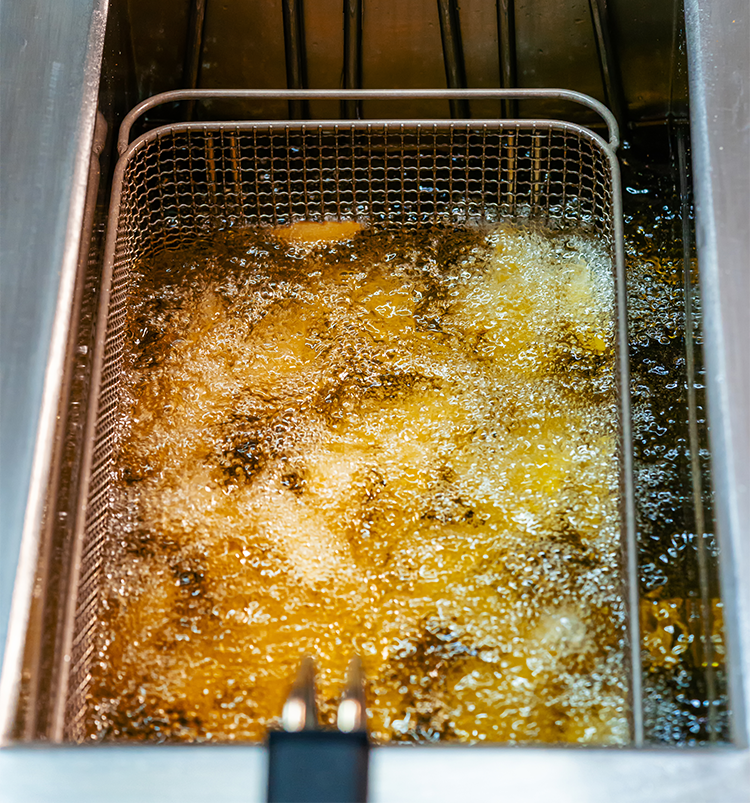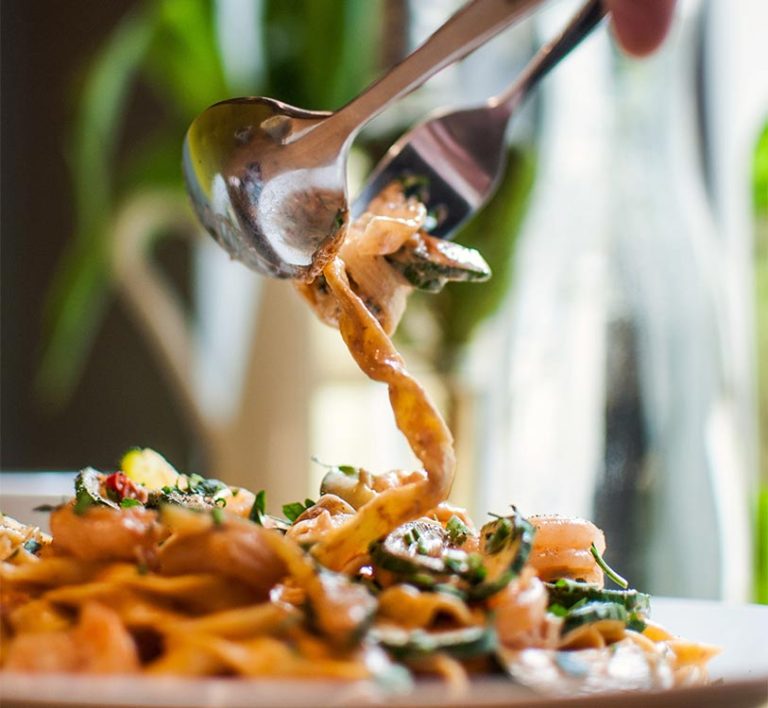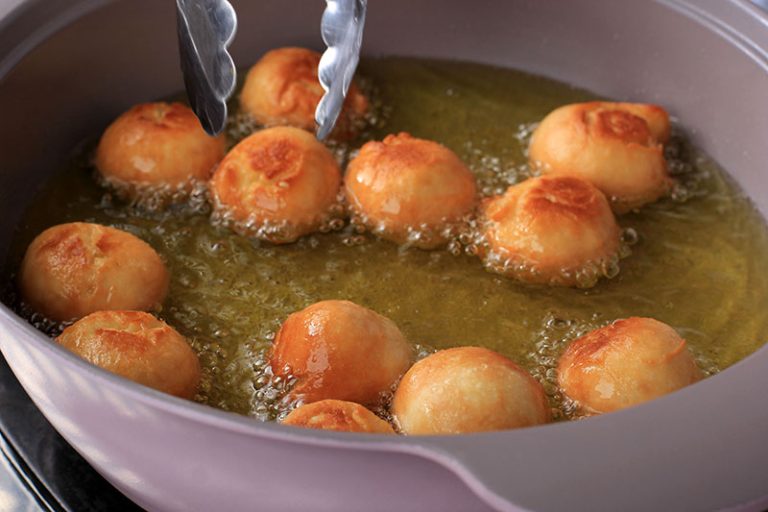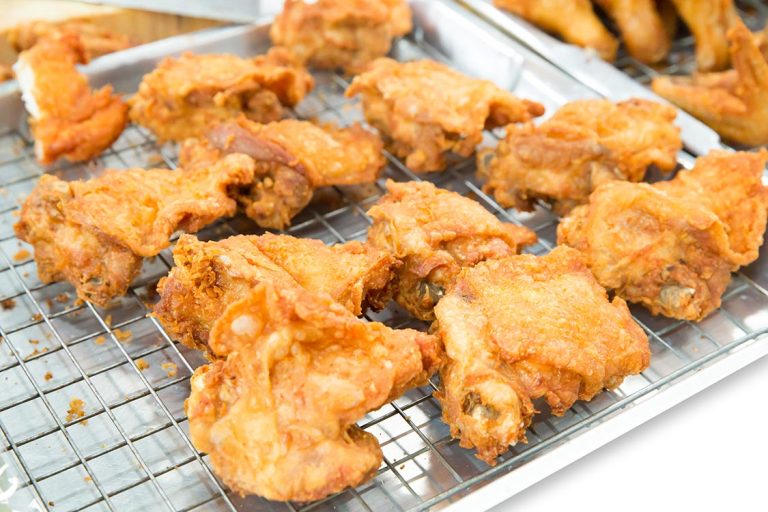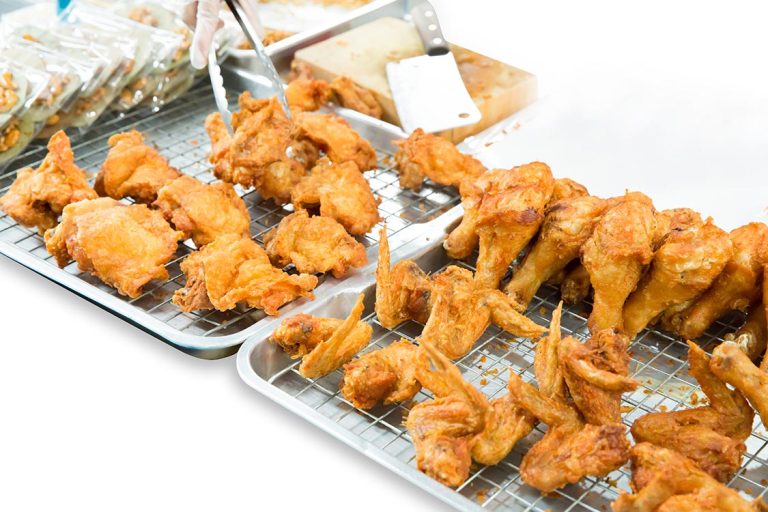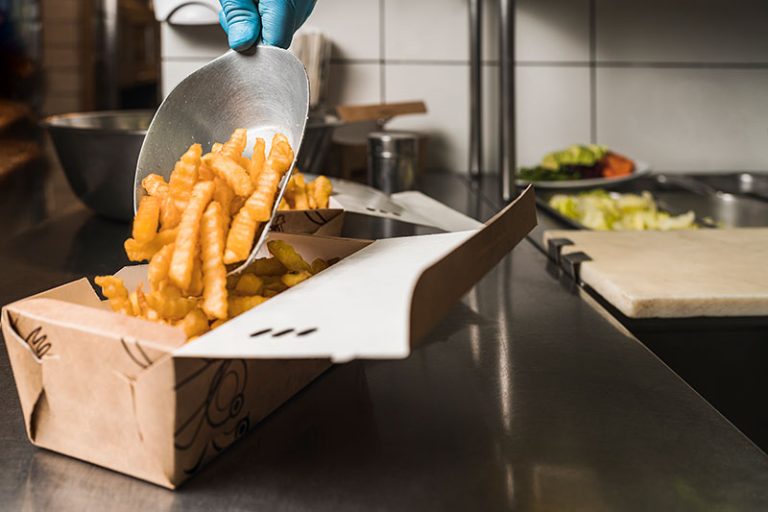From Waste to Resource: The Lifecycle of Recycled Cooking Oil
Used cooking oil begins its lifecycle where most sustainability stories in the kitchen begin—at the fryer. Once the oil has served its purpose in preparing meals, what’s left is a thick, often messy liquid that many operators just want out of sight as quickly as possible. However, how you handle that oil at this stage dramatically impacts the value it retains and the sustainability potential it holds. The oil is typically collected in secure, high-temperature resistant containers that are stored in back-of-house areas or external storage tanks. The cleaner and more uncontaminated this oil is, the better it performs in downstream recycling processes. Oil that is mixed with food waste, water, or cleaning agents loses value and can no longer be used in advanced conversion systems.
At this stage, Longview Environmental provides a reliable collection framework that emphasizes safety, hygiene, and compliance. Our technicians ensure oil is gathered without spills or cross-contamination, maintaining its integrity for processing and supporting businesses in creating a more organized waste workflow. With scheduled pickups and real-time tracking, kitchens can avoid overflow, regulatory headaches, and unnecessary downtime.
Transformation Begins: Processing and Purification
Once the oil leaves your kitchen, it enters a sophisticated and environmentally conscious system designed to reclaim its latent value. Processing used cooking oil is not a simple disposal method—it’s a scientific transformation that begins with filtration. Solids, water, and impurities are separated through industrial centrifuges and fine filters. The goal here is purity. Only clean oil can move forward in the chain that eventually leads to biodiesel.
Following filtration, the oil undergoes a chemical process called transesterification. This is the heart of its transformation. In controlled facilities, technicians use methanol and a catalyst to convert triglycerides in the oil into esters—what we recognize as biodiesel—and glycerin, which is used in manufacturing everything from soap to pharmaceuticals. This phase is where waste becomes value. It’s where a substance you no longer need becomes part of a cleaner energy future.
Longview Environmental partners with vetted processing facilities that meet the highest regulatory standards and environmental benchmarks. Our grease-to-energy mission is not just a slogan—it’s backed by science, partnerships, and logistics that deliver meaningful results.
Impact Amplified: Environmental and Business Outcomes
Understanding what happens to your oil after it’s collected is just one part of the story. The next question is: why should it matter to your business? The answer lies in measurable, practical benefits. On the environmental side, every gallon of used oil recycled into biodiesel avoids releasing hundreds of pounds of carbon dioxide compared to fossil fuels. That’s not marketing spin—it’s scientifically proven emissions reduction. Restaurants that recycle with Longview Environmental contribute directly to cleaner air, lower reliance on non-renewables, and healthier local ecosystems by preventing oil from entering wastewater systems.
On the business side, the benefits are equally compelling. Effective oil recycling reduces disposal costs and infrastructure wear and tear. Plumbing repairs caused by improper oil disposal are costly and disruptive. Recycled oil, depending on purity and volume, may even qualify for rebate programs—transforming waste into a revenue stream. Moreover, modern diners are increasingly eco-conscious. A kitchen with a transparent sustainability policy, supported by data and third-party validation, enhances brand equity and attracts loyal patrons.
Longview Environmental’s transparent reporting gives clients a monthly breakdown of how much oil was collected, where it went, and how it performed in recycling systems. This documentation supports regulatory compliance, but also serves as powerful proof of a restaurant’s environmental leadership.
The Longview Advantage: Turning Routine Into Opportunity
Most kitchens see used cooking oil as an inconvenience—a byproduct of doing business. But Longview Environmental sees it differently. We see it as a resource, a story, and a system waiting to be optimized. Our cradle-to-renewal service means clients don’t just get routine pickups; they get insight, accountability, and strategic value.
Through predictive scheduling, real-time monitoring, and end-to-end traceability, we simplify your operational flow while enhancing your environmental impact. And we do it without adding complexity. Clients stay focused on their core mission—delivering great food and service—while we ensure that the hidden parts of their operations are performing just as brilliantly.
This is not just a service—it’s a shift in mindset. By understanding the lifecycle of used cooking oil, foodservice operators step into the role of environmental stewards and innovators. You don’t need to install solar panels or overhaul your supply chain to be sustainable. You just need to start with what’s already in your kitchen.
Conclusion: Every Drop Matters
From fryer to fuel, your used cooking oil tells a powerful story—and with Longview Environmental, that story ends in cleaner air, stronger compliance, and a more resilient brand. Sustainability isn’t just about big gestures; it’s about consistent, informed actions that add up over time.
Let us help you transform your kitchen waste into a resource that fuels your operations and your reputation. Because in today’s restaurant world, it’s not just what you cook—it’s what you leave behind that defines your impact.
